
Shingles Vaccine May Protect Against Dementia, New Study Suggests
Could a simple vaccine hold the key to protecting the brain against one of the most feared diseases of aging?
Night shift work has long been associated with poor sleep and fatigue, but new research suggests its impact may go much deeper. A groundbreaking study has found that irregular or rotating shift schedules may dramatically increase the risk of debilitating migraines, prompting experts to call for the recognition of a brand-new medical condition: shift work migraine disorder.
Irregular Shifts Raise Migraine Risk by Over 60%
According to a systematic review and meta-analysis covering more than 51,000 participants across 20 studies, people working irregular or rotating shifts were 61% more likely to experience migraines compared to those on consistent schedules. The disruption of the circadian rhythm — the body’s internal clock that governs sleep-wake cycles — appears to play a critical role.
Although standard night shifts already strain the body, rotating schedules pose an even greater challenge. Frequent changes in work hours disrupt sleep cycles, interfere with recovery time, and create instability in diet and lifestyle patterns. This combination increases neurological stress and can trigger recurring migraines.
“Unlike migraines linked to hormones or frequency, those caused by irregular shifts are rooted in rotating schedules, inadequate recovery between shifts, exposure to intense lighting, and unstable eating habits,” explained Dr. Yohannes Woldeamanuel, lead author and assistant professor of neurology at the Mayo Clinic in Phoenix.
A Call for a New Migraine Subtype
Dr. Woldeamanuel and his team argue that migraines caused by shift work are distinct enough to deserve their own diagnostic category. Speaking at the American Headache Society’s 2025 Annual Meeting, he highlighted how circadian rhythm disturbances can alter activity in the hypothalamus and influence circadian genes, setting the stage for chronic headaches.
The proposed diagnostic term — “shift work migraine disorder” — would apply to patients who:
This would separate the disorder from other well-established migraine types, such as menstrual or chronic migraine, by tying it to a specific environmental trigger: irregular shift work.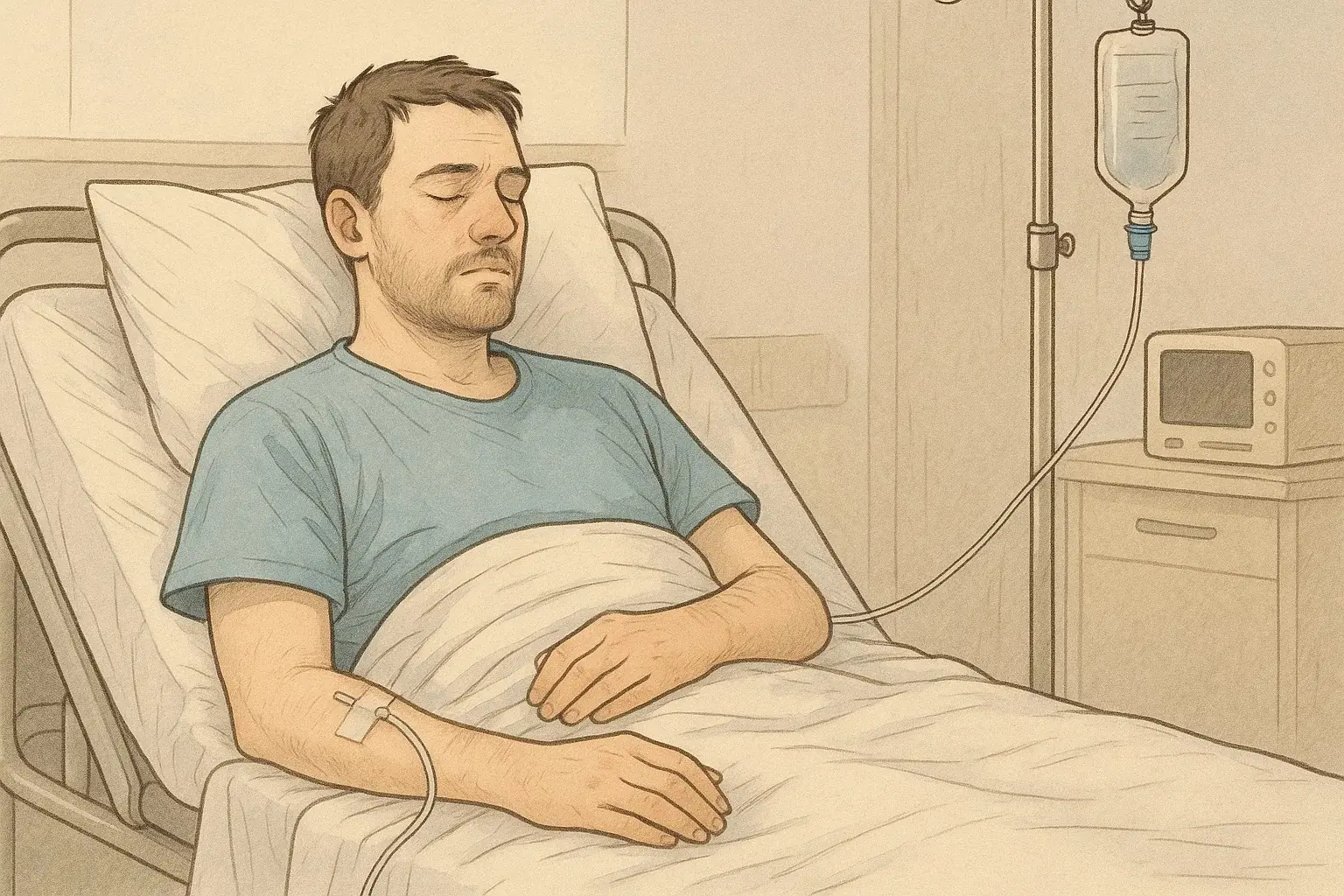
Gender Differences and Health Impact
The review also revealed striking gender differences. In studies involving nearly 29,000 participants, women working irregular shifts were more than twice as likely (OR: 2.48) as men to develop migraines. Researchers suspect that biological factors, hormonal influences, and lifestyle differences may contribute, but further studies are needed.
The implications are serious: migraines not only lower quality of life but also contribute to lost productivity, absenteeism, and higher healthcare costs. With millions of people worldwide engaged in rotating or night shift work, the public health burden could be substantial.
Reducing Migraine Risks for Shift Workers
While the debate on classification continues, experts agree that prevention strategies are essential. Recommendations include:
Small changes to workplace policies could make a major difference in protecting workers’ neurological health.
Debate Among Experts
Not all specialists agree that “shift work migraine disorder” deserves its own classification. Dr. Noah Rosen, a neurologist at Northwell Health in New York, expressed caution:
“The findings are intriguing, but they don’t yet prove a unique pain mechanism. Migraines related to irregular shifts may still fall under the broader umbrella of sleep-disruption migraines. More controlled studies, including sleep lab data, are needed before creating a new category.”
This divergence highlights the ongoing tension between evolving scientific discoveries and the need for rigorous evidence before rewriting medical classifications.
Looking Ahead
The study, funded by the National Institute of Neurological Disorders and Stroke, underscores the importance of considering work schedules as a serious health determinant. While debate continues over its official recognition, the research shines a spotlight on the neurological toll of modern labor demands and could pave the way for tailored treatments in the future.
For now, what is clear is that shift work does more than disrupt sleep — it may reshape brain function in ways that significantly increase the risk of migraines. Recognizing and addressing this could transform how both medicine and workplaces approach employee well-being.

Could a simple vaccine hold the key to protecting the brain against one of the most feared diseases of aging?

From elevated cancer rates to stress-induced cardiovascular disease, the profession carries health costs that demand greater awareness and intervention.
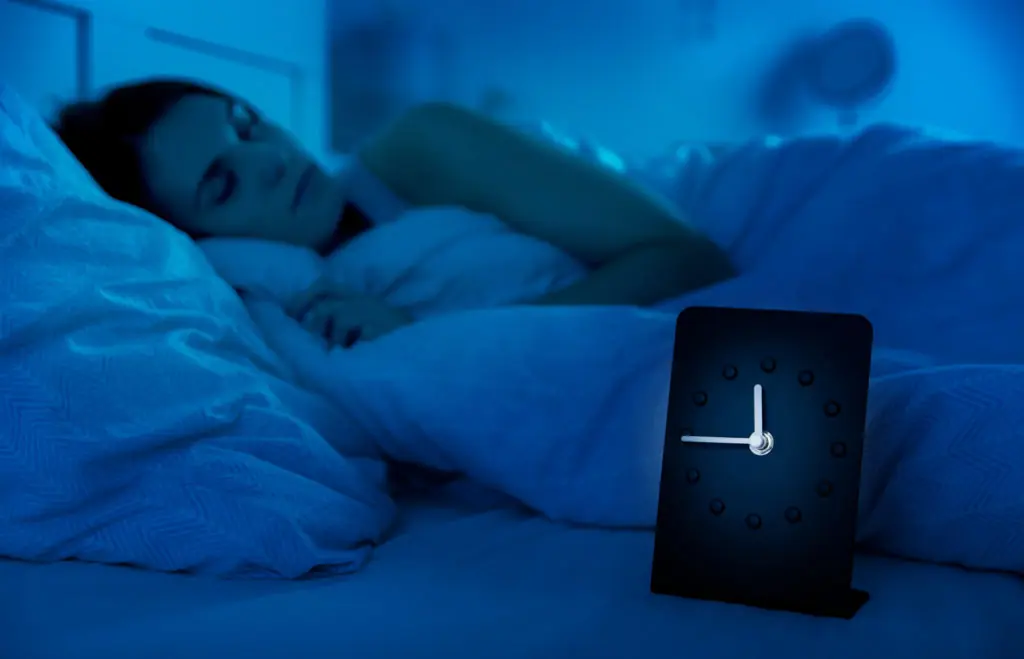








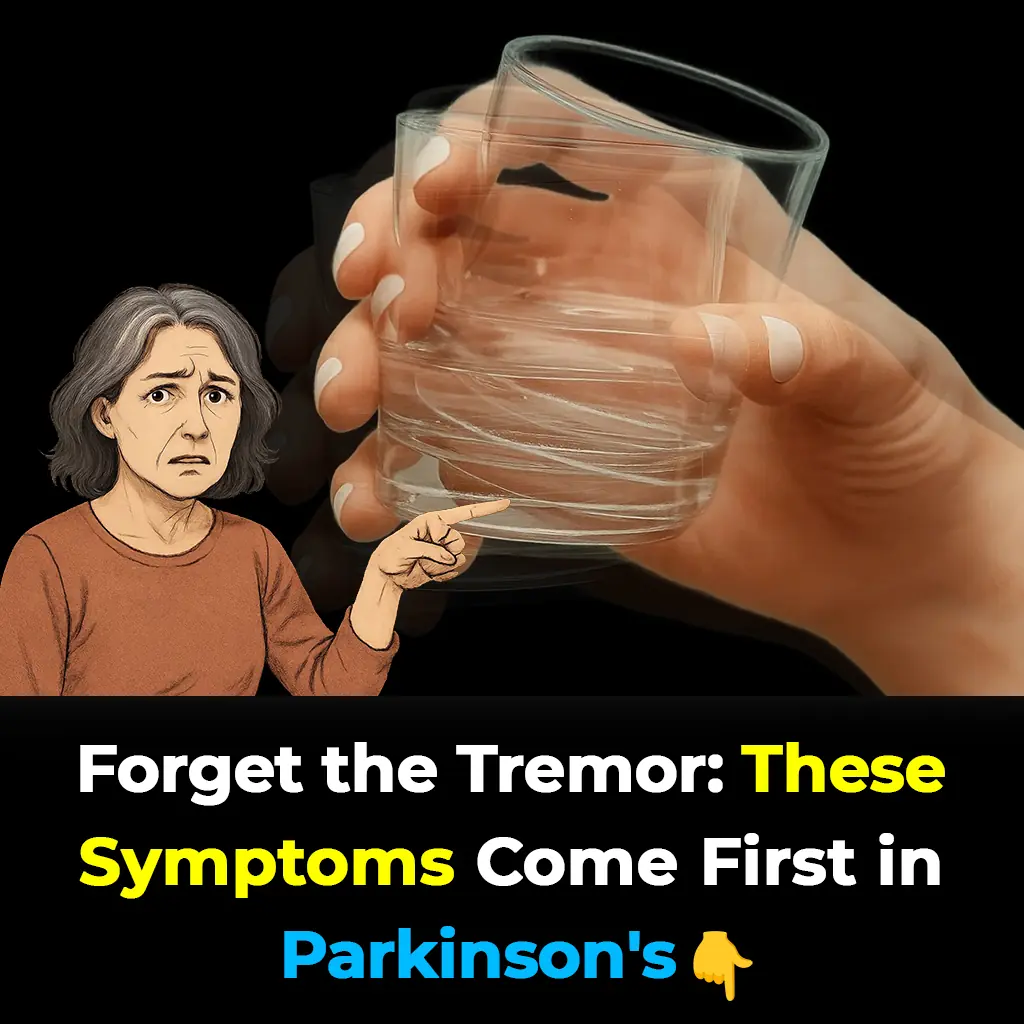
Catching these subtle, non-motor clues may help identify Parkinson’s long before the motor stage, opening the door to interventions that could delay its full expression.

The study authors emphasize that these findings mark only the beginning.




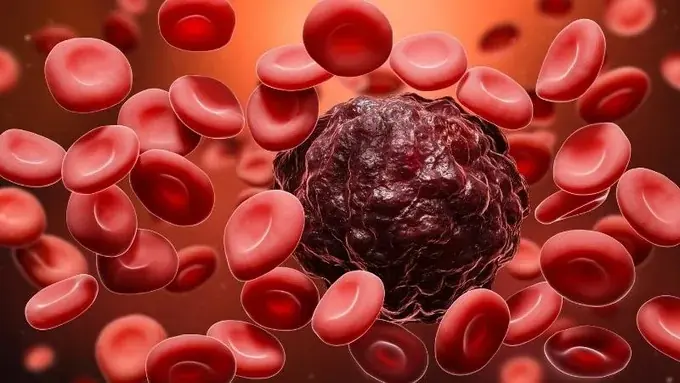
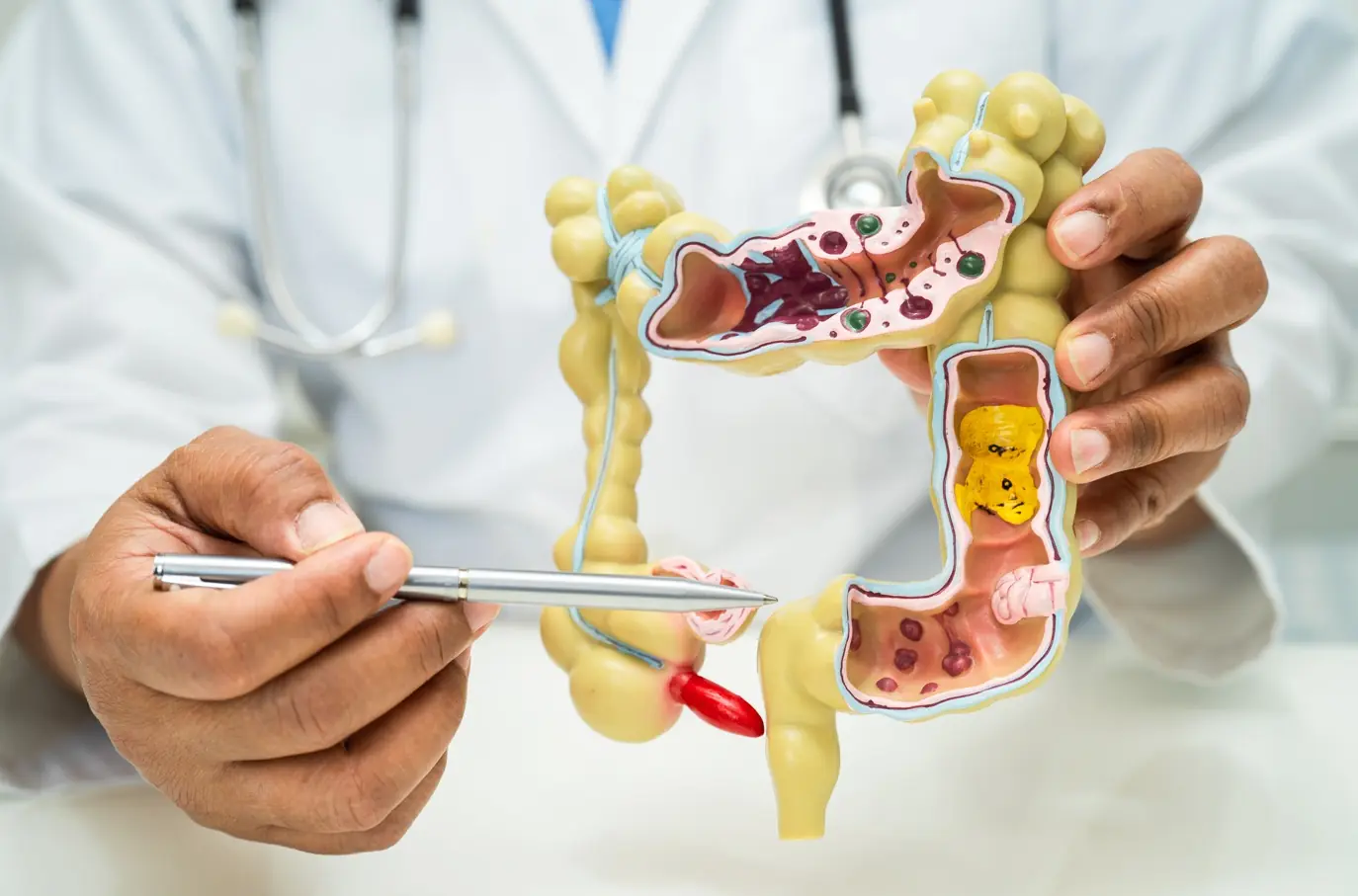




Could a simple vaccine hold the key to protecting the brain against one of the most feared diseases of aging?

Avoiding purine-heavy foods like organ meats, processed meats, certain fish, and yeast-based products can help reduce flare-ups and maintain joint health.

From constant-use devices like refrigerators to high-powered kitchen tools, every household has hidden electricity traps.

From elevated cancer rates to stress-induced cardiovascular disease, the profession carries health costs that demand greater awareness and intervention.


Homemade carrot oil is a simple, nutrient-packed solution for brighter, firmer, and deeply hydrated skin. Whether you choose the slow, nutrient-preserving sun infusion or the quick simmering method, this golden oil can rejuvenate your skin from the inside










